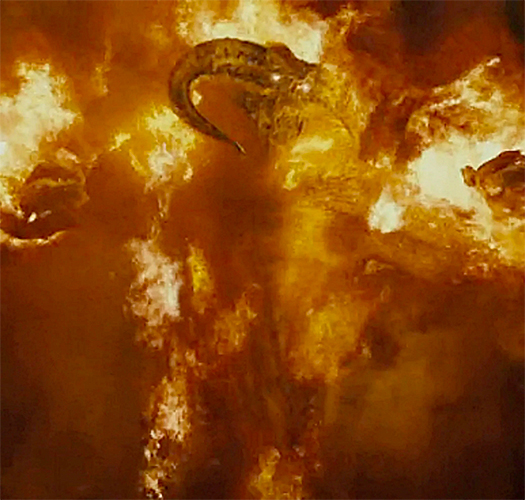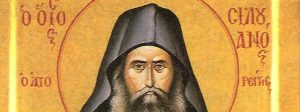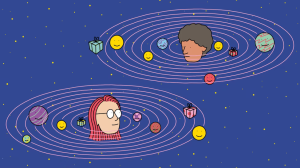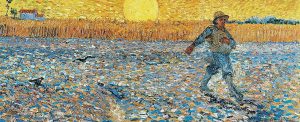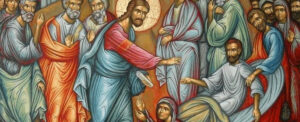![]()
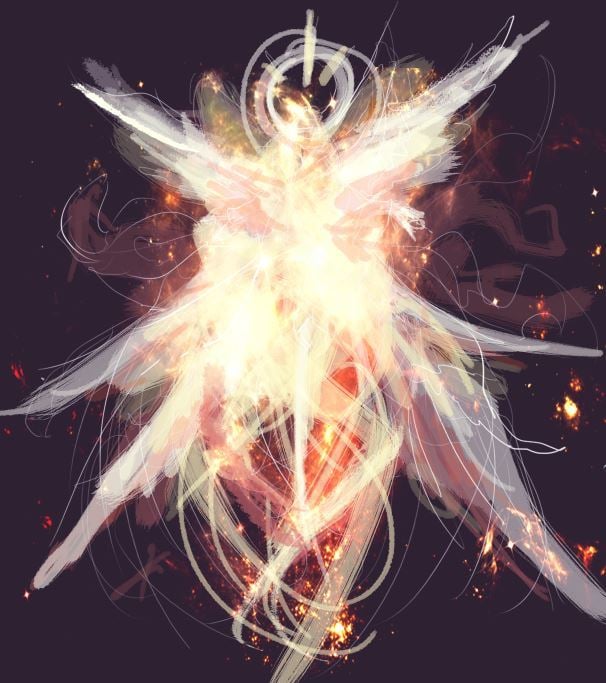 I am thinking tonight about the seraphim (literally “burning ones”), the six-winged, fiery beings who encircle the throne of YHWH, praising the Godhead. They do not address the Lord directly but speak to one another in praise of his glory.
I am thinking tonight about the seraphim (literally “burning ones”), the six-winged, fiery beings who encircle the throne of YHWH, praising the Godhead. They do not address the Lord directly but speak to one another in praise of his glory.
And they were calling to one another: “Holy, holy, holy is the Lord of Hosts! The whole earth is full of his glory.” — Isaiah 9:6
And thinking, too, of the valaraukar or balrogs – in J.R.R. Tolkien’s mythos, mighty angels who followed the rebel outcast into darkness, and became objects of terror. Those fearful spirits of fire are seraphim gone bad.
And of course, since Gandalf was once Olórin the Maia, one of the choir of fiery seraphim, that means he and the balrog at Khazad-dûm once sang together as brothers in the angelic choir for Eru, the One, before the world began.
Of that choir and its song, we read:
“Therefore Ilúvatar gave to their vision Being, and set it amid the Void, and the Secret Fire was sent to burn at the heart of the World; and it was called Eä.” — Valaquenta, the Silmarillion.
Here the Secret Fire sounds like the Dao or divine Logos that creates and sustains the world. “I am a servant of the Secret Fire!” cries Gandalf when he faces the balrog in Moria. (More under “Secret Fire” in the LOTR Wiki.)
In Tolkien and The Silmarillion, Clyde S. Kilby refers to a discussion he had with Tolkien:
“Professor Tolkien talked to me at some length about the use of the word ‘holy’ in The Silmarillion. Very specifically he told me that the ‘Secret Fire sent to burn at the heart of the World’ in the beginning was the Holy Spirit.” (p. 59)
Somehow, from mighty and terrifying spirits of fire and holiness, indwelt by the name and Spirit of the Creator, in popular imagination cherubim and seraphim have diminished into something harmless and silly.
The efforts of Orthodox iconographers and modern artists demonstrate that the biblical descriptions of the hosts of heaven are not easily translated into two- or three-dimensional visual representations.
Still, it would be interesting if Amazon’s new television series, set in Tolkien’s Second Age, were to show a balrog influenced more by the tradition of brightly-burning, angelic beings than the animalistic fire-monster seen in Peter Jackson’s LOTR.
The cover image at top is by artist Petite_Emi, originally posted at DeviantArt.





